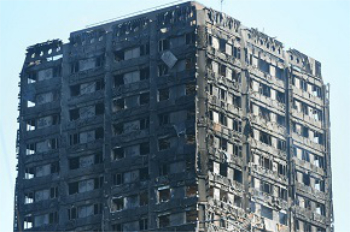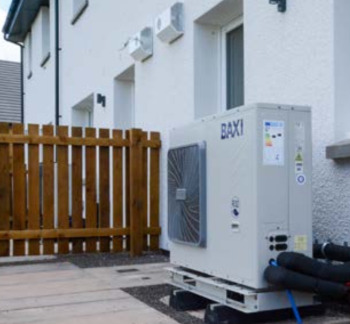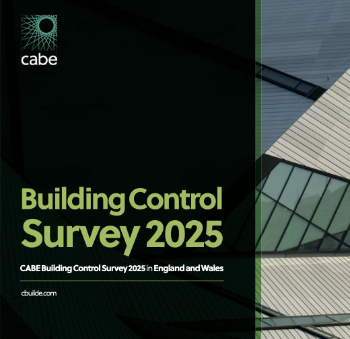Attestation of conformity AoC
The Construction Products Regulation (CPR) was introduced in 2011 to harmonise performance information on construction products across the European Economic Area (EEA). It is made most visible by the mandatory CE marking of regulated products.
Some parts of the Construction Products Regulation applied from 24 April 2011, but it came into force in full on 1 July 2013. From this time, construction products placed on the market in the EEA that are covered by a harmonised European product standard or a European Technical Assessment need to be CE marked and accompanied by a Declaration of Performance (DoP). This is intended to ensure that reliable technical information is provided about the performance of construction products in a common technical language and tested using consistent assessment methods.
Demonstrating compliance with the regulations requires ‘attestation of conformity’ (AoC). There are five levels of attestation of conformity depending on the nature of the product. The lowest levels (1 or 1+) have the most demanding requirements and might be necessary for products with safety-critical aspects. The highest level (4) is the least demanding and might for example apply to decorative products.
Non-safety critical attestation might be carried out by the manufacturer themselves, whilst safety critical testing might have to be undertaken by a notified body.
[edit] Related articles on Designing Buildings
- Attestation.
- British Standards.
- CE marking.
- Construction Products Regulations.
- European Technical Approval.
- Kitemark.
- Standards.
[edit] External references
- BSI, Construction Products Regulation (CPR).
Featured articles and news
Grenfell Tower Principal Contractor Award notice
Tower repair and maintenance contractor announced as demolition contractor.
Passivhaus social homes benefit from heat pump service
Sixteen new homes designed and built to achieve Passivhaus constructed in Dumfries & Galloway.
CABE Publishes Results of 2025 Building Control Survey
Concern over lack of understanding of how roles have changed since the introduction of the BSA 2022.
British Architectural Sculpture 1851-1951
A rich heritage of decorative and figurative sculpture. Book review.
A programme to tackle the lack of diversity.
Independent Building Control review panel
Five members of the newly established, Grenfell Tower Inquiry recommended, panel appointed.
Welsh Recharging Electrical Skills Charter progresses
ECA progressing on the ‘asks’ of the Recharging Electrical Skills Charter at the Senedd in Wales.
A brief history from 1890s to 2020s.
CIOB and CORBON combine forces
To elevate professional standards in Nigeria’s construction industry.
Amendment to the GB Energy Bill welcomed by ECA
Move prevents nationally-owned energy company from investing in solar panels produced by modern slavery.
Gregor Harvie argues that AI is state-sanctioned theft of IP.
Heat pumps, vehicle chargers and heating appliances must be sold with smart functionality.
Experimental AI housing target help for councils
Experimental AI could help councils meet housing targets by digitising records.
New-style degrees set for reformed ARB accreditation
Following the ARB Tomorrow's Architects competency outcomes for Architects.
BSRIA Occupant Wellbeing survey BOW
Occupant satisfaction and wellbeing tool inc. physical environment, indoor facilities, functionality and accessibility.
Preserving, waterproofing and decorating buildings.






















